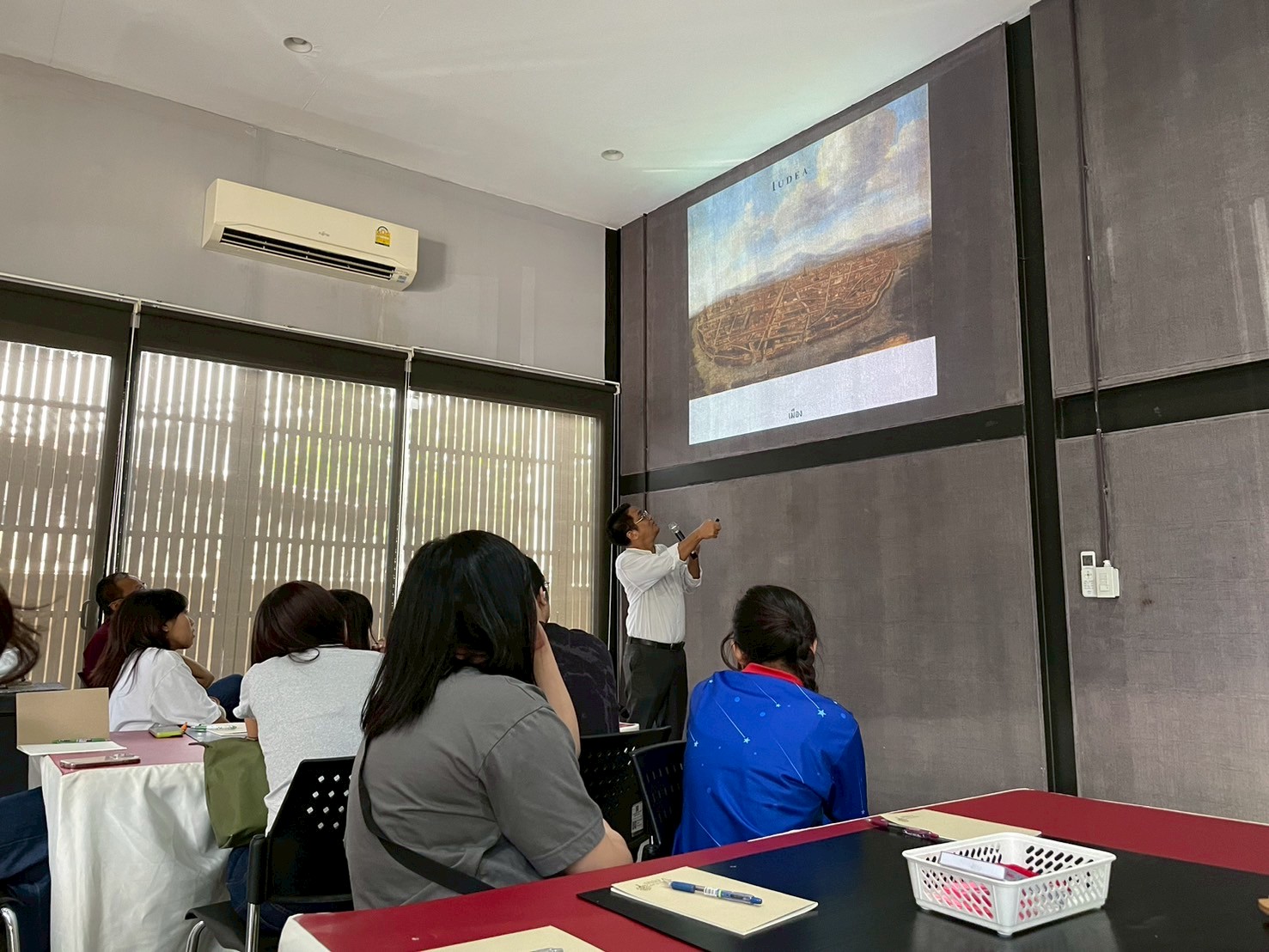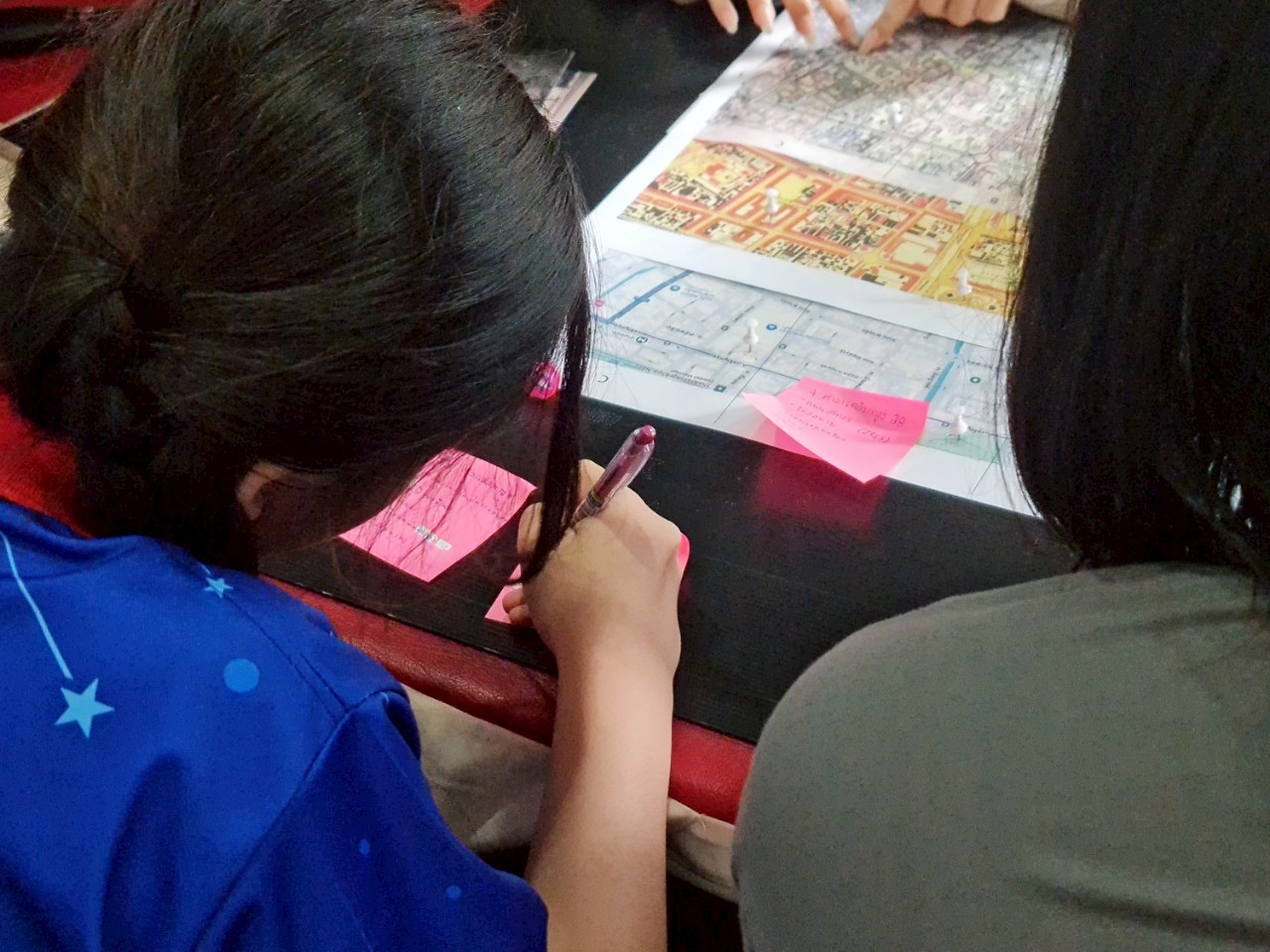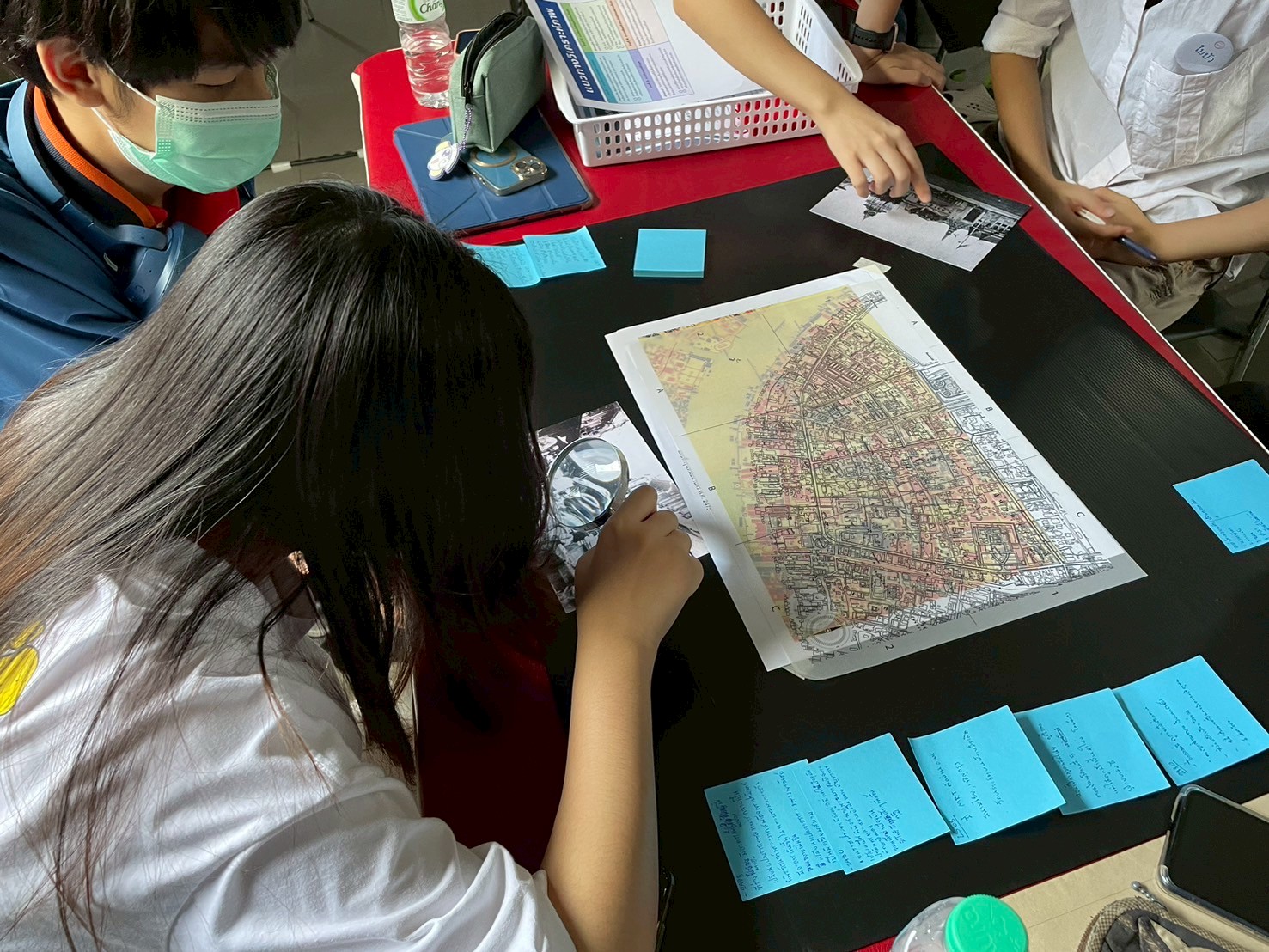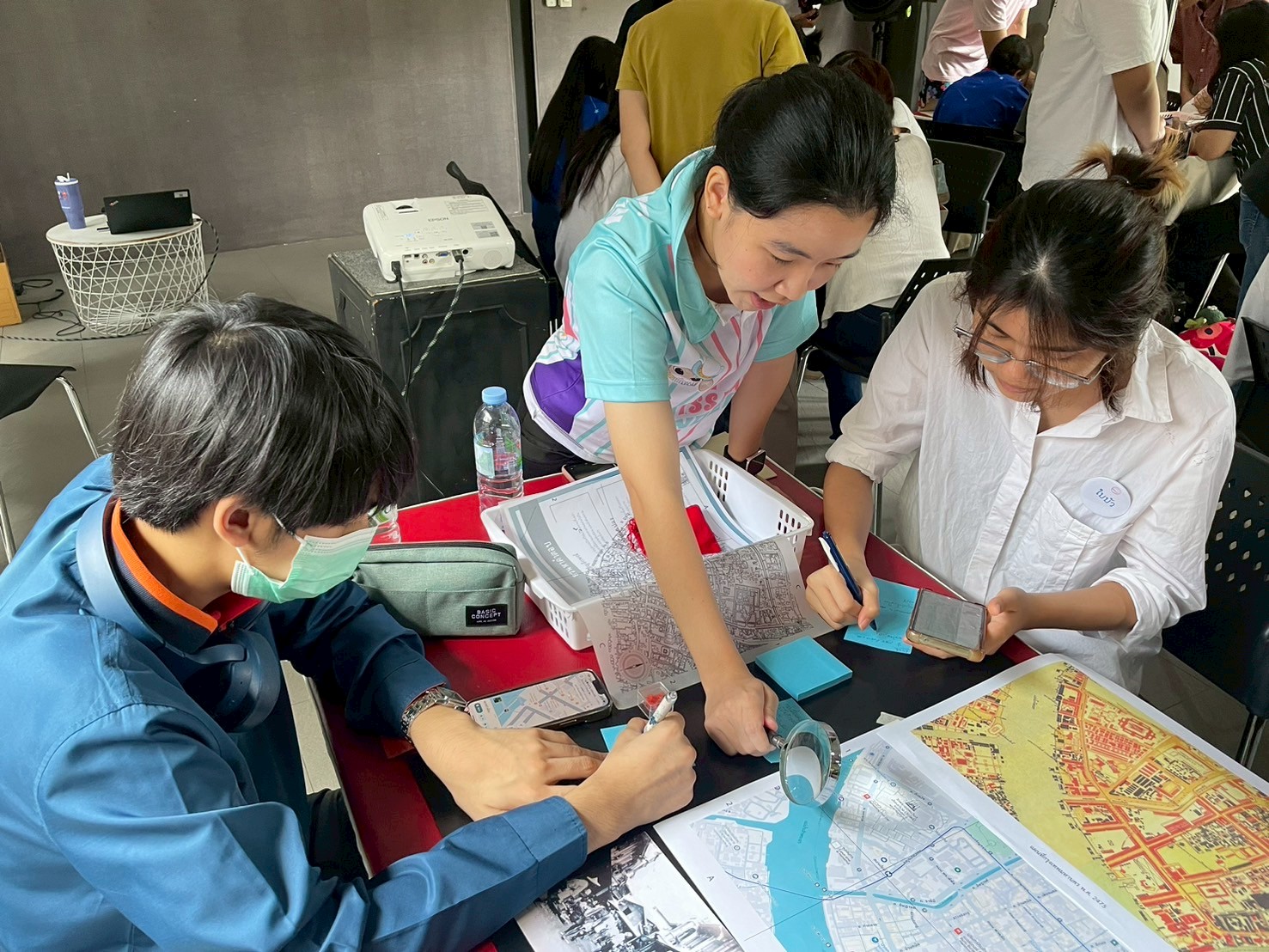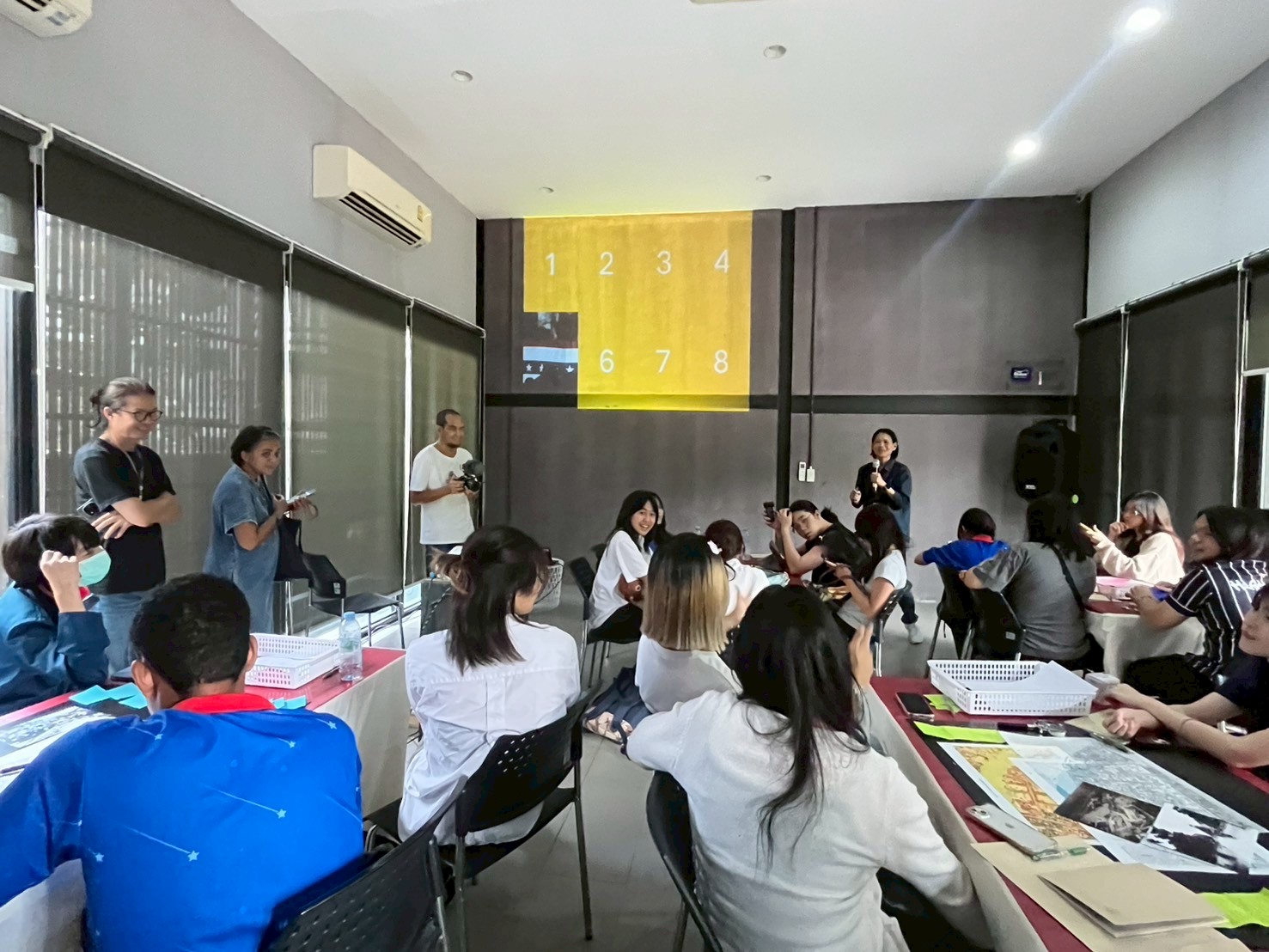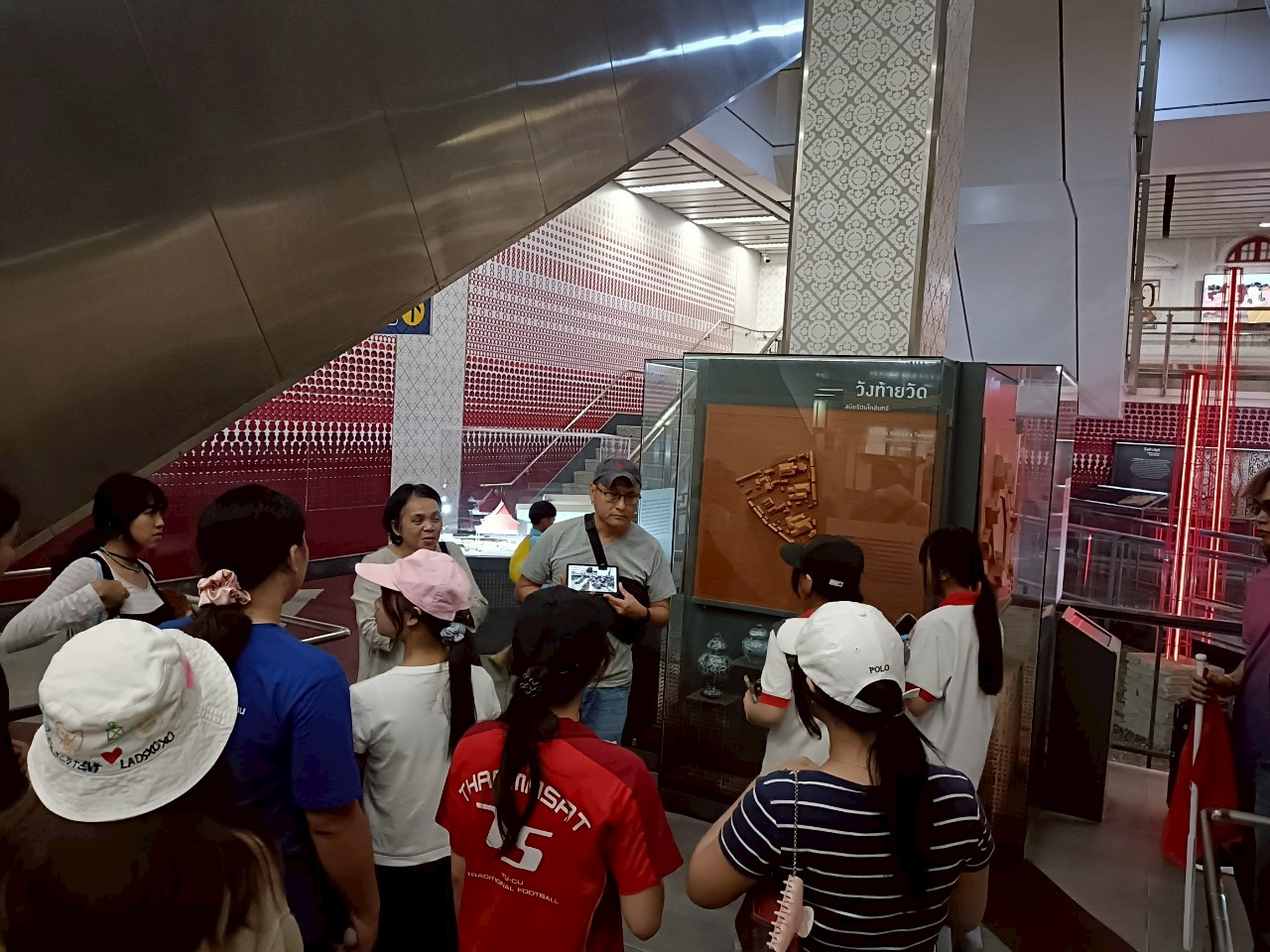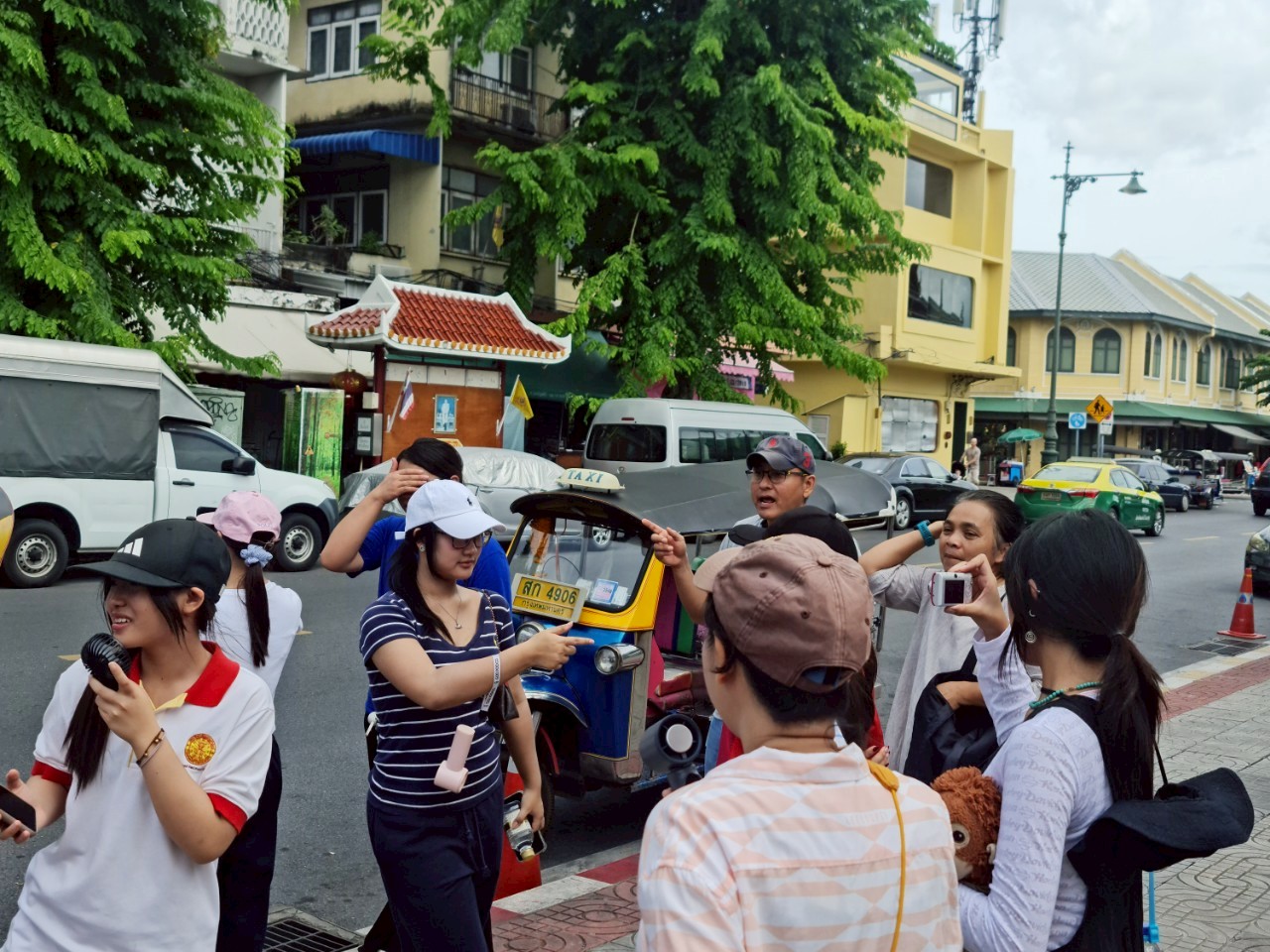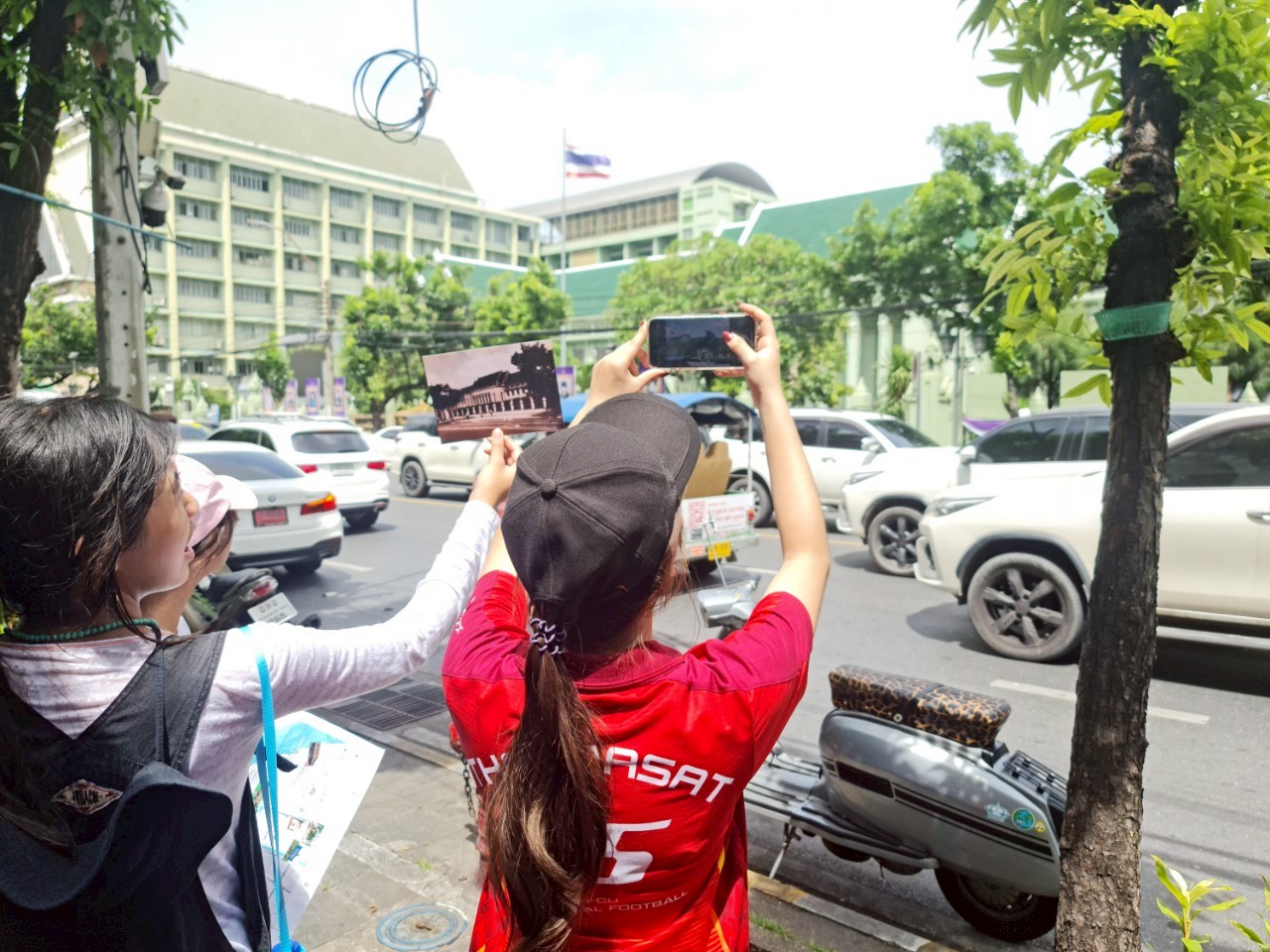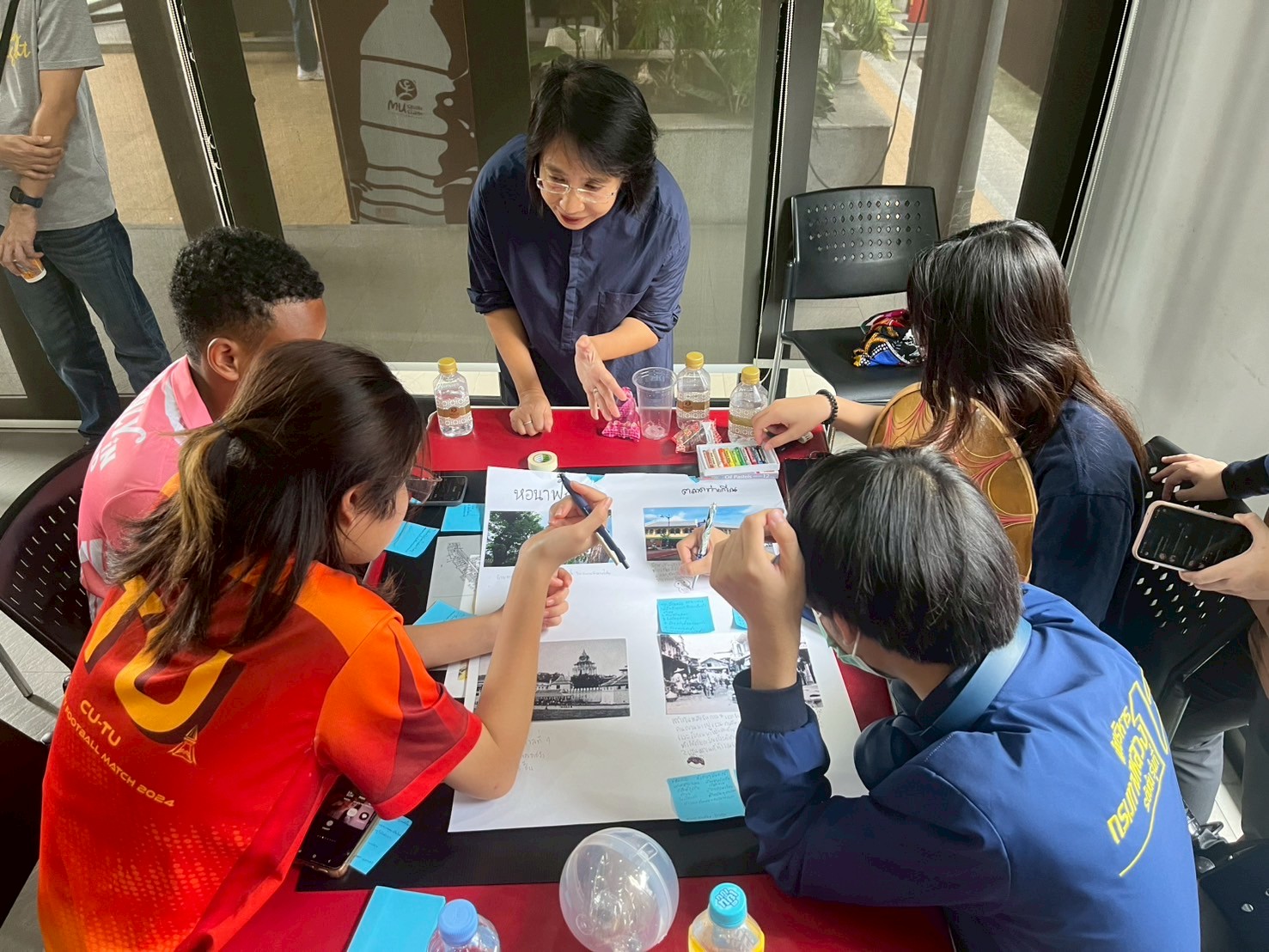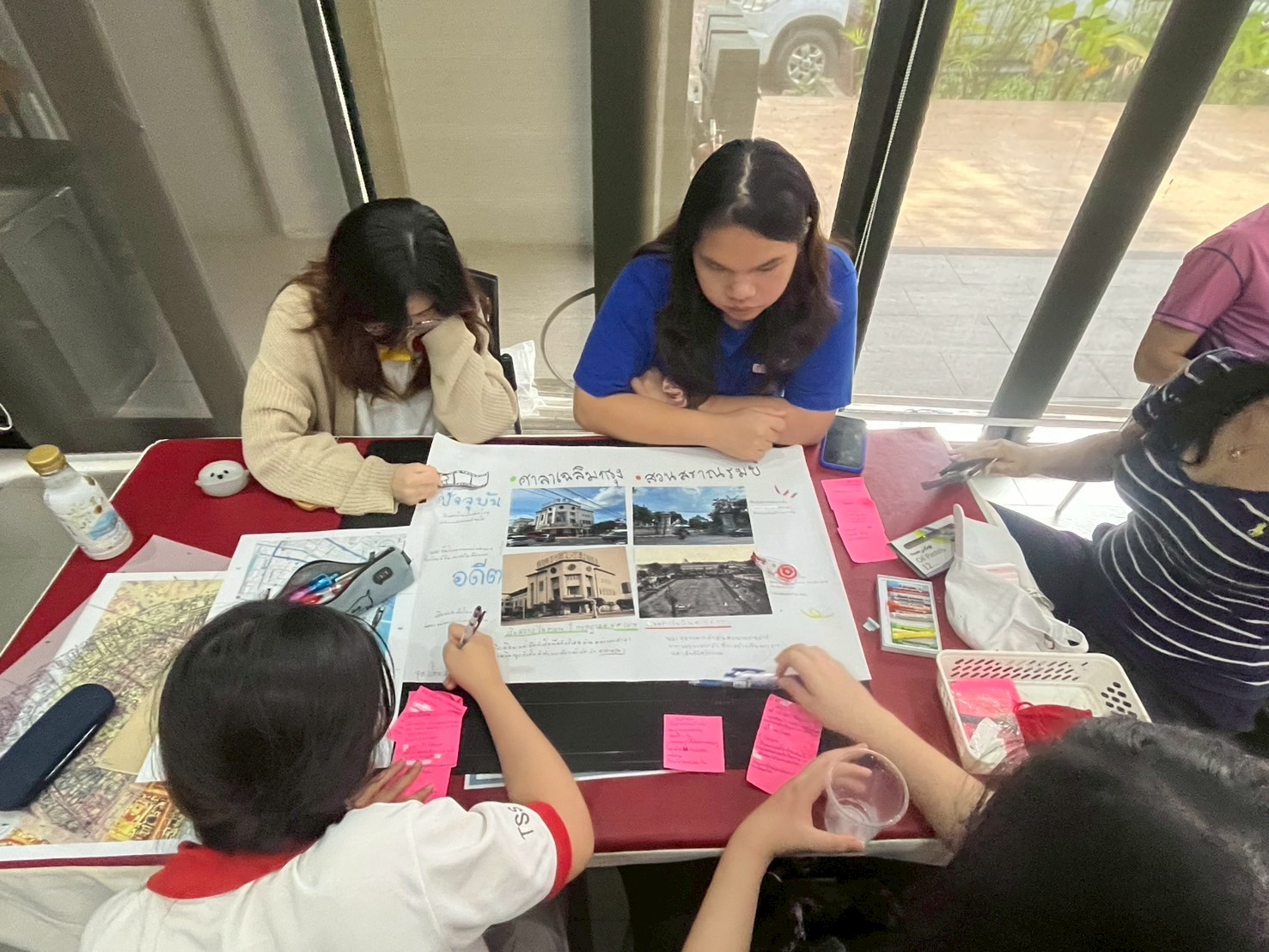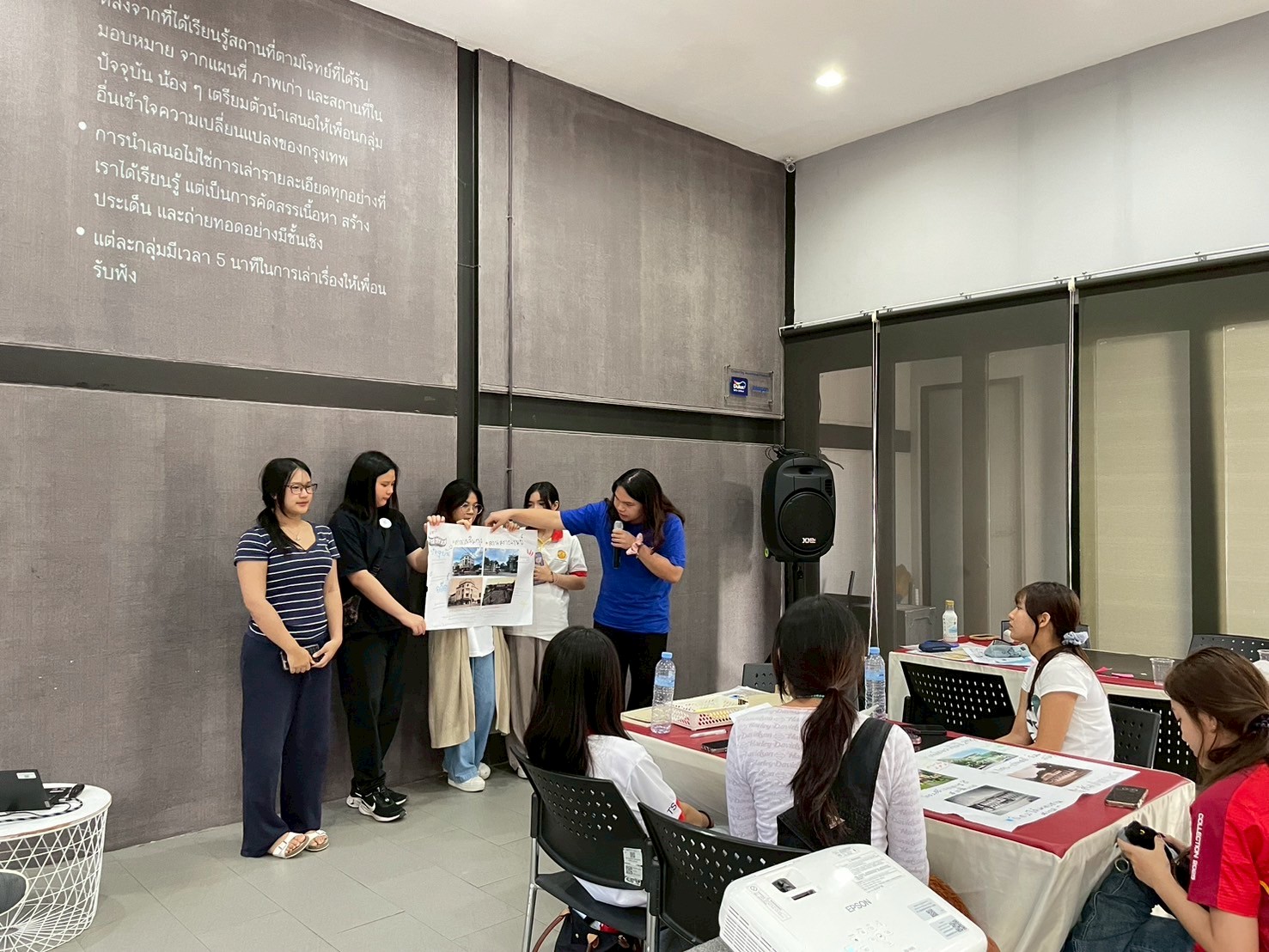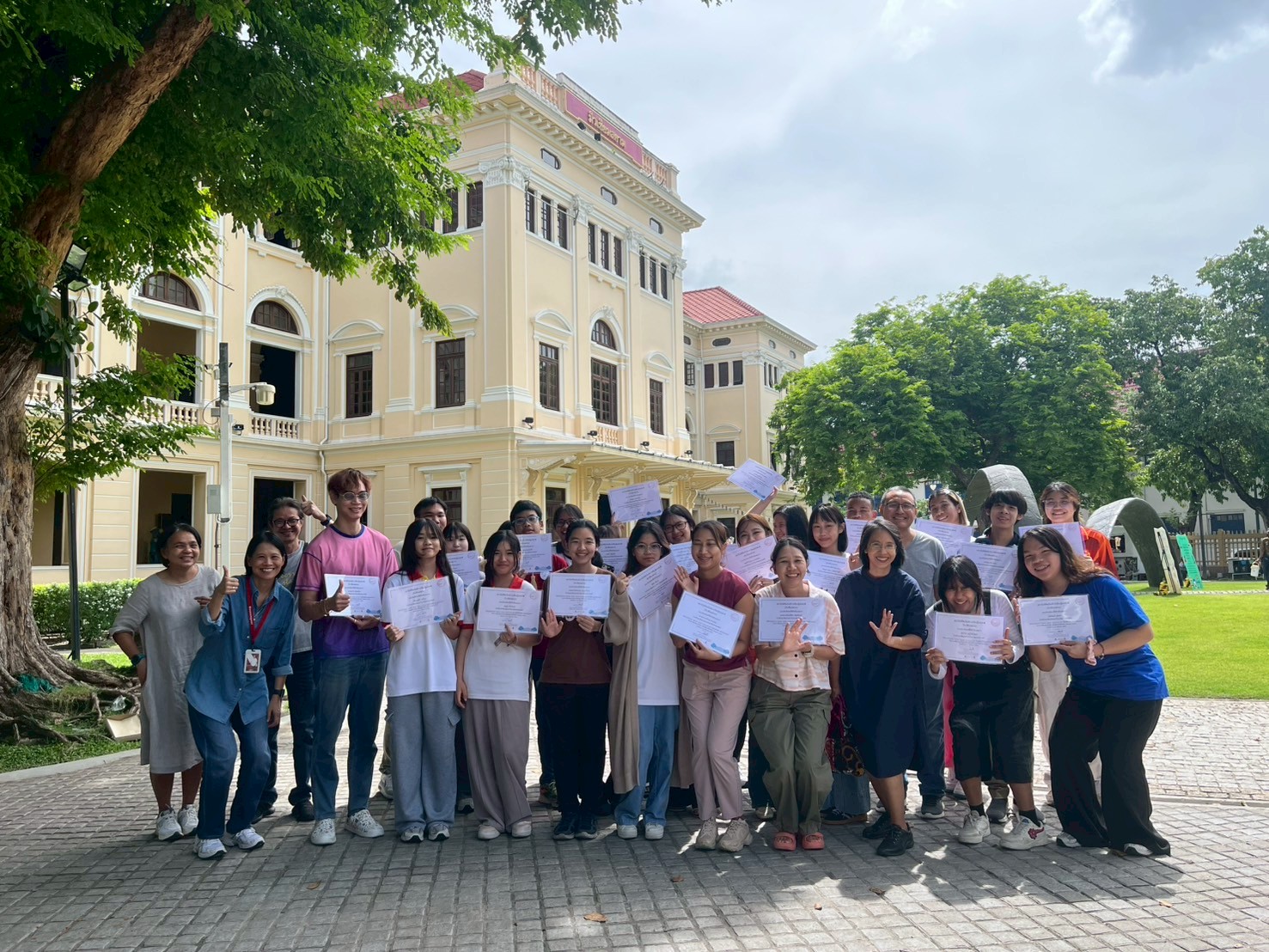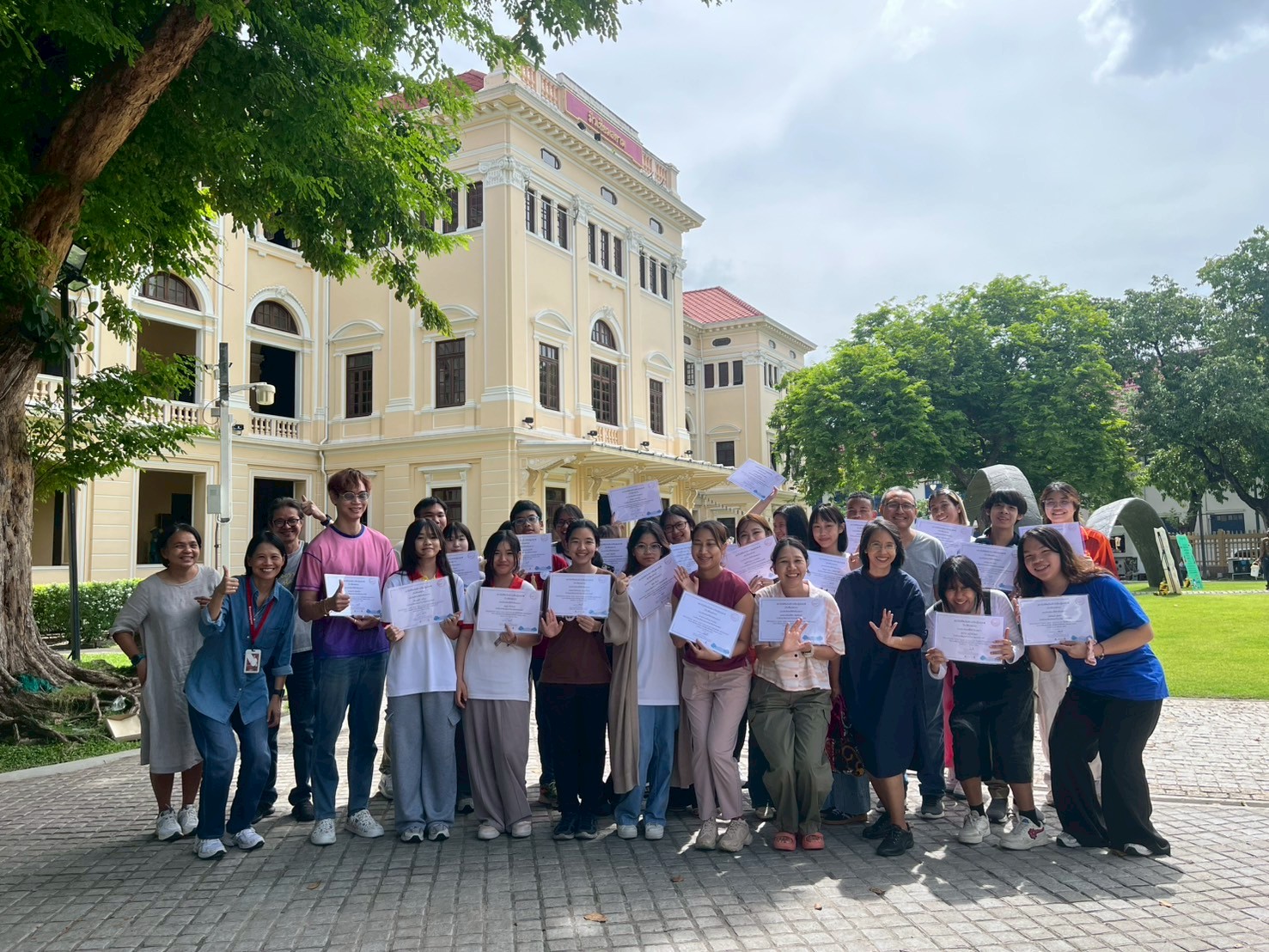
Thammasat Secondary School City Quest: Unearthing Bangkok’s Stories
21 - 22 Jun 2025
Thammasat Secondary School students embarked on a dynamic two-day City Quest at Museum Siam and Rattanakosin Island, combining expert lecture, comparative map analysis and “Photo Detective” exercises to decode Bangkok’s urban evolution. In small teams assigned two historic sites each, they honed observational skills—reading archival images, tracing canal routes and street patterns—before bringing their research into the field to compare past and present. Through guided reflection and creative “learning trails,” participants emerged with deeper, embodied insights into the city’s stories, reporting a significant boost in both historical understanding and independent curiosity.
Immersive Two-Day Workshop at Museum Siam
Students from Thammasat Secondary School (TSS), based at the Rangsit campus and many visiting central Bangkok for the very first time, journeyed to Museum Siam on for an experiential deep dive into their city’s past.
On Day One, the students arrived bright and early, completed registration and gathered for an opening lecture, “Bangkok Through Time,” which traced the city’s development from its original Chao Phraya canal networks to today’s bustling boulevards. After this contextual overview, we split them into small teams and assigned two specific historic sites to each group. In the Decoding Old Maps session, teams examined three maps (1887, 1932 and modern) side by side, pinpointing their two sites and marking changes in waterways, street layouts and landmark locations. Following a lunch break, they moved on to Photo Detective, where each group received a set of reproduced archival photographs of their assigned places. First, they trained their eyes to read what the image itself conveyed—spotting details of people’s clothing, street life, shopfronts and signage as frozen in that moment—before delving into deeper background research. Using online resources, they researched each site’s origins, identified notable historical figures connected to the locations, and explored their broader social and cultural significance.
Day Two began back at Museum Siam with palpable excitement. In Footprints of History, squads fanned out across Rattanakosin Island, comparing century-old images to present-day façades—cheering whenever a temple gate or canal alignment instantly matched their maps. Mid-morning, Bridging Eras invited them to pause and discuss how the urban fabric had transformed, drawing direct lines between past and present. After lunch, in Presentation Sharing, each team wove together maps, photos and field notes into engaging “learning trails,” captivating their peers with personalised narratives of discovery. A final plenary reflection closed the workshop, as students prepared to bring these stories back to Rangsit and beyond.
Reflection Integrating Observation and Assessment
Students from TSS, many visiting Museum Siam and Rattanakosin Island for the first time, began the workshop with moderate confidence in their grasp of Bangkok’s history, viewing it mainly as “dates and kings” learned through lectures or solitary study. Consistent with this, the pre-activity survey showed a strong preference (65 %) for individual research methods—reading texts or searching online—over collaborative, site-based inquiry.
Over the two days, however, a notable transformation occurred. Despite an initial tendency to work independently—and even stray from group instructions, students gradually embraced the structured teamwork embedded in each activity. During the hands-on activity, several groups began by pursuing discoveries independently rather than exchanging clues—an expression of their strong independent streak. However, by the Presentation Sharing after the field trip, they had embraced collaboration, coordinating their efforts to deliver far more cohesive and engaging group presentations than in earlier sessions.
This shift is borne out in the post-workshop self-assessment: 95 % of participants now rate their understanding of Bangkok’s history as high, redefined as “stories of people and places I can see and touch” rather than abstract facts. Moreover, 80 % expressed eagerness to continue exploring historic sites independently—temples, old markets, and canals topped their list indicating that hands-on map decoding and on-site detective work not only built knowledge but also fueled ongoing curiosity.
